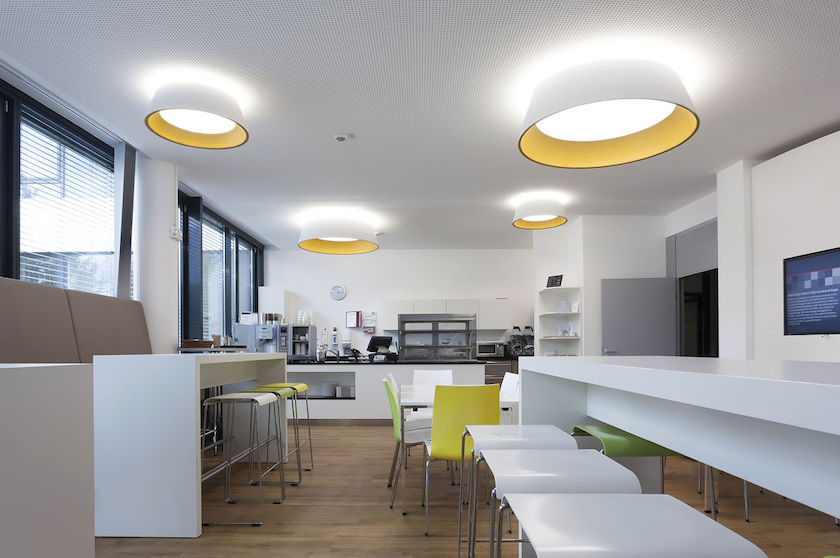Workplaces are using smart technology to contribute to CSR
Related Articles
How Seniors in India are Losing Traditional Micro-Communities
Across India, an unseen re-wiring of daily life is quietly shrinking the social worlds of older adults. Numerous national surveys now show that loneliness...
Amit Shah inaugurates Har Gaon Roshan CSR initiative in Chhattisgarh
Raipur, India: In line with its #BrighterLivesBetterWorld vision, Signify announced the launch of its flagship Har Gaon Roshan CSR initiative in Chhattisgarh. The momentous...
Reliance Consumer Products brings back SIL to mark its comprehensive entry into the foods segment
Bengaluru, India: Reliance Consumer Products Limited (RCPL), the FMCG arm of Reliance Industries Limited (RIL), has announced a significant expansion into the packaged foods...



 Ankur Mehta is the Founder and Chairman of Crescent Lighting. He is a successful entrepreneur who started his journey as a trader and ventured into his own manufacturing setup. With his vast experience in the field, Ankur has become an expert in R&D, quality product design and development, procurement, production, supply chain, packaging, and management.
Ankur Mehta is the Founder and Chairman of Crescent Lighting. He is a successful entrepreneur who started his journey as a trader and ventured into his own manufacturing setup. With his vast experience in the field, Ankur has become an expert in R&D, quality product design and development, procurement, production, supply chain, packaging, and management.